A good computer, a good motherboard, a good network card, a good operator, a good package, does it mean that there is an excellent network experience? Yeah, but not necessarily. Because still missing the last checkpoint - the Ethernet cable.
▌ ▌ Cable
Ethernet cable this thing, look really similar, plug in can use this can be what difference? The first is the wire itself, is divided into three sixty-nine, what is the most common "five categories, super five categories, six categories", in fact, the corresponding is ISO/IEC 11801 standard.
Early telephones used Cat 2 (4Mhz, 4Mbit/s). Later, they were used Cat 3 (16MHz, 10M) for 10BASE-T Ethernet and Cat 4 (20MHz, 16M), which is no longer seen.
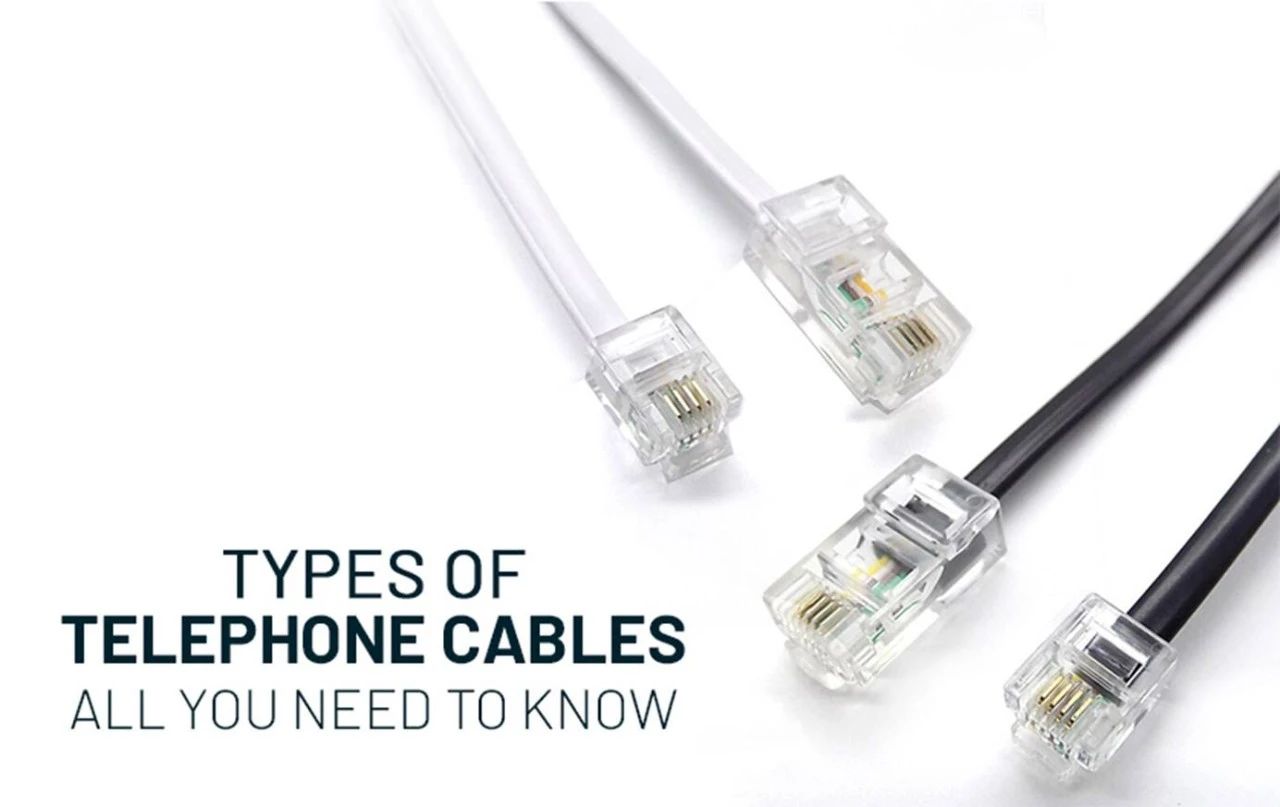
Since the mid-1990s, Cat 5 (100Mhz), which meets the needs of 100BASE-TX, has been widely used since 2001. After its replacement, it is called Cat 5e (100Mhz), which is super five. Although the frequency is 100MHz, the crosstalk is less and the attenuation is smaller.
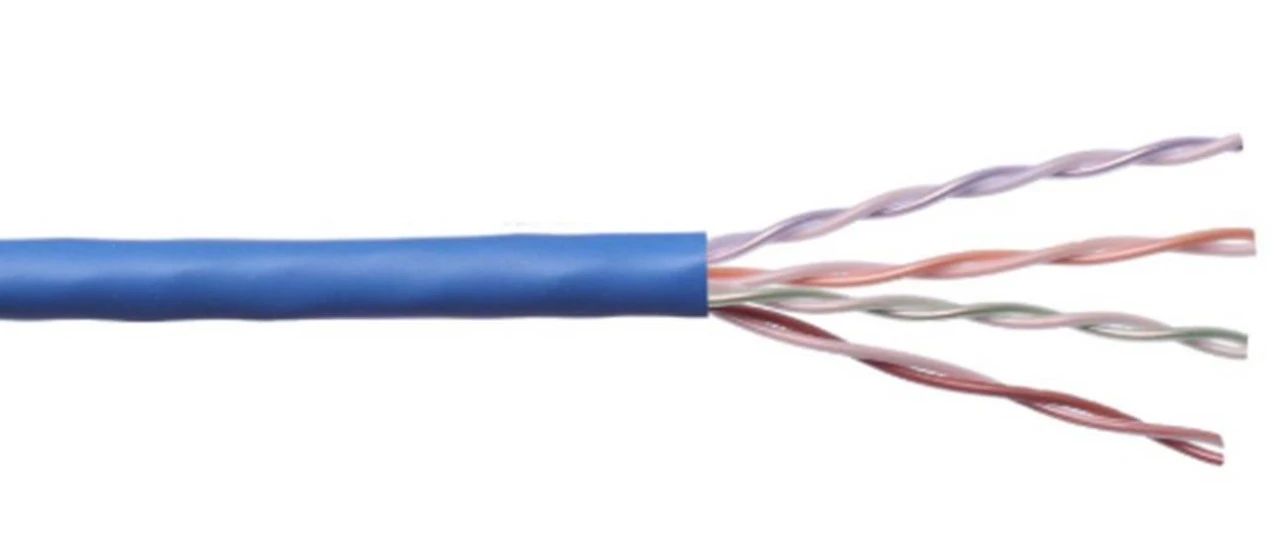
(Improved metrics like NEXT, PS-ELFEXT, Atten, etc.) Duplex support, bandwidth improved a bit. Because they all support and support 1000Base-T protocol, as long as 8 cores are through, short distance loss is not big can run to 1000M bandwidth, but the long distance is not very good, so generally only in 100M network, you can buy most of the five categories on the market.
Cat 6 (250MHz) six type is relatively thick, the copper core diameter increased from 0.51 to 0.57mm, (the stranded length is shorter than super five) inside more than a + word skeleton core, the network cable is divided into four, and support high temperature environment.

Often used on gigabit networks. The super six category is Cat 6a, and the suffix is a rather than e. 6e is named by some manufacturers in the way of 5e, rather than the standard recognized by the telecom industry association. The maximum frequency has been doubled to 500MHz, supporting 10Gbps 10-gigabit networks,
It can be divided into UTP (unshielded twisted pair) and STP (shielded twisted pair) according to whether there is a shielded layer. The former ones are basically UTP unshielded. The biggest difference between Cat 7 and CAT 6 is that it is STP shielded.
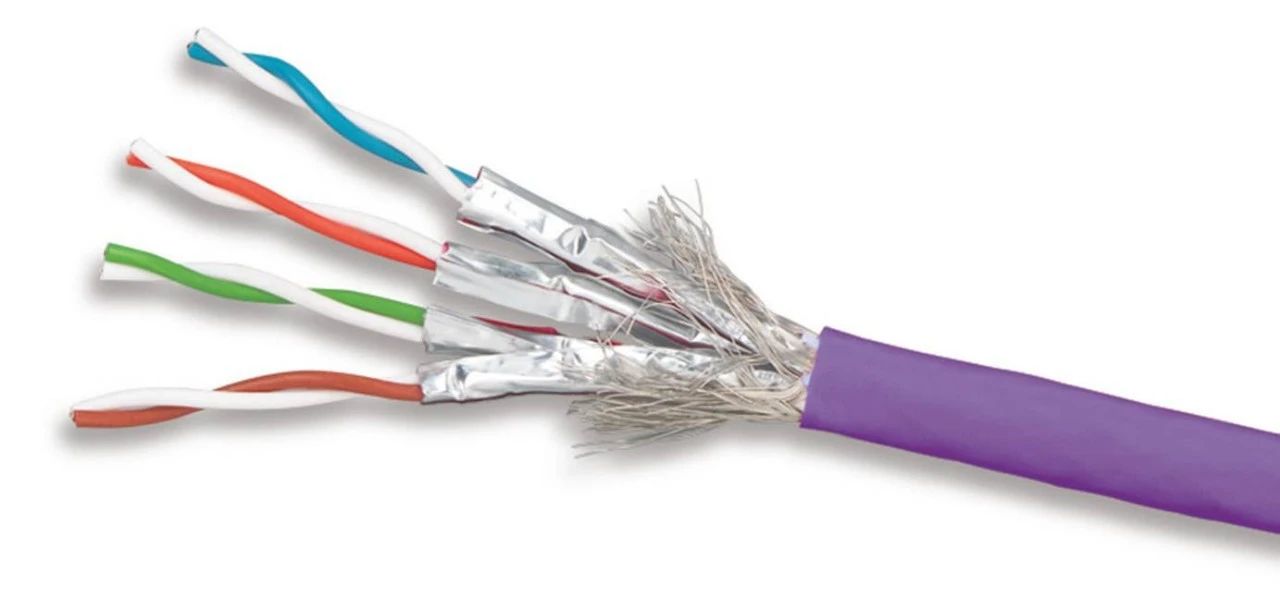
Seven categories were approved in 2002, each pair of lines with their own shielding layer, four pairs together, there is a large shielding layer outside, so the wire is much thicker than the ordinary network cable that is visible to the naked eye. More bandwidth, better crosstalk resistance, also support up to 10Gbps 10 gigabit rate.
Later, the 7a Super Class 7 was revised in 2010, with the frequency increased from 600 to 1000MHz. Originally, the maximum 40G network was supported for 50 meters and 10G network was supported for 100 meters. However, in 2016, eight classes of 2000MHz wiring were defined, so Super Class 7 did not support 40G network, and TIA/EIA did not recognize Super Class 7. Cat 8.1, 8.2 8 and Super 8 have not been popularized yet, and we will not use them in a short time, mainly for data centers.
▌ Interface
There are differences in the network cable, the interface of the network cable is different, generally five categories six categories are RJ45, groove and contact each 8 (8p8c), very wide,
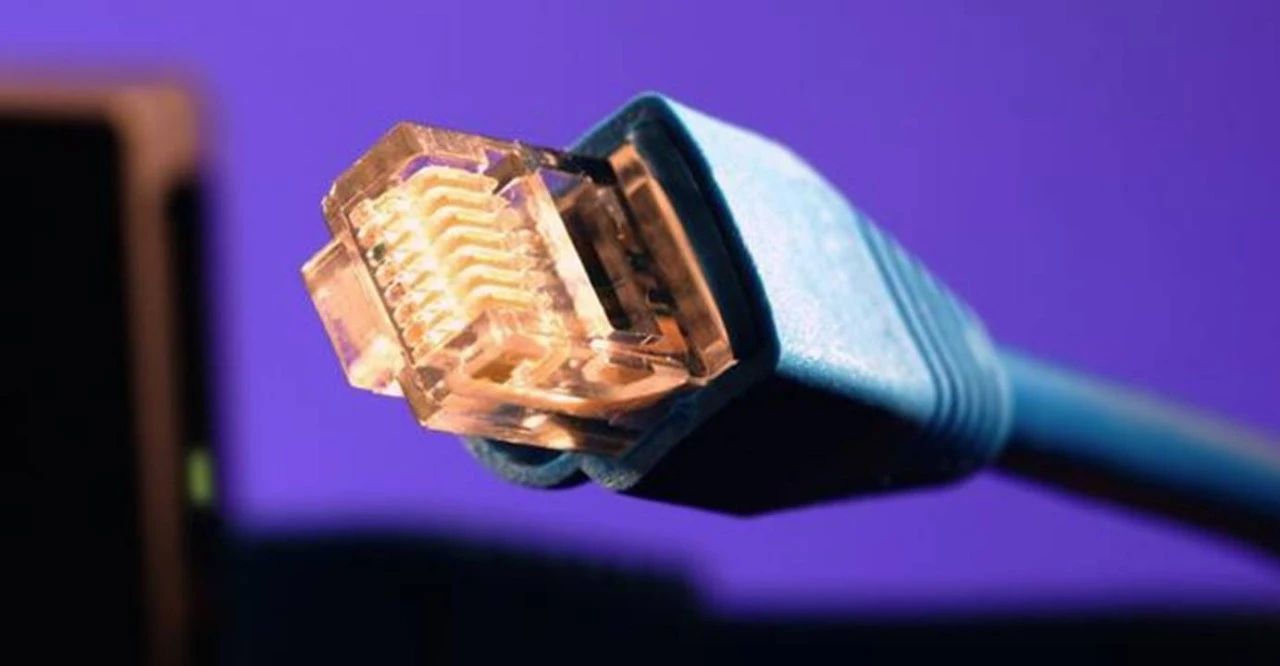
A decade ago, in the "phone line" era, it was RJ11 with 6 notches and 4 contacts (6p4c), but now landlines are rare and obsolete.
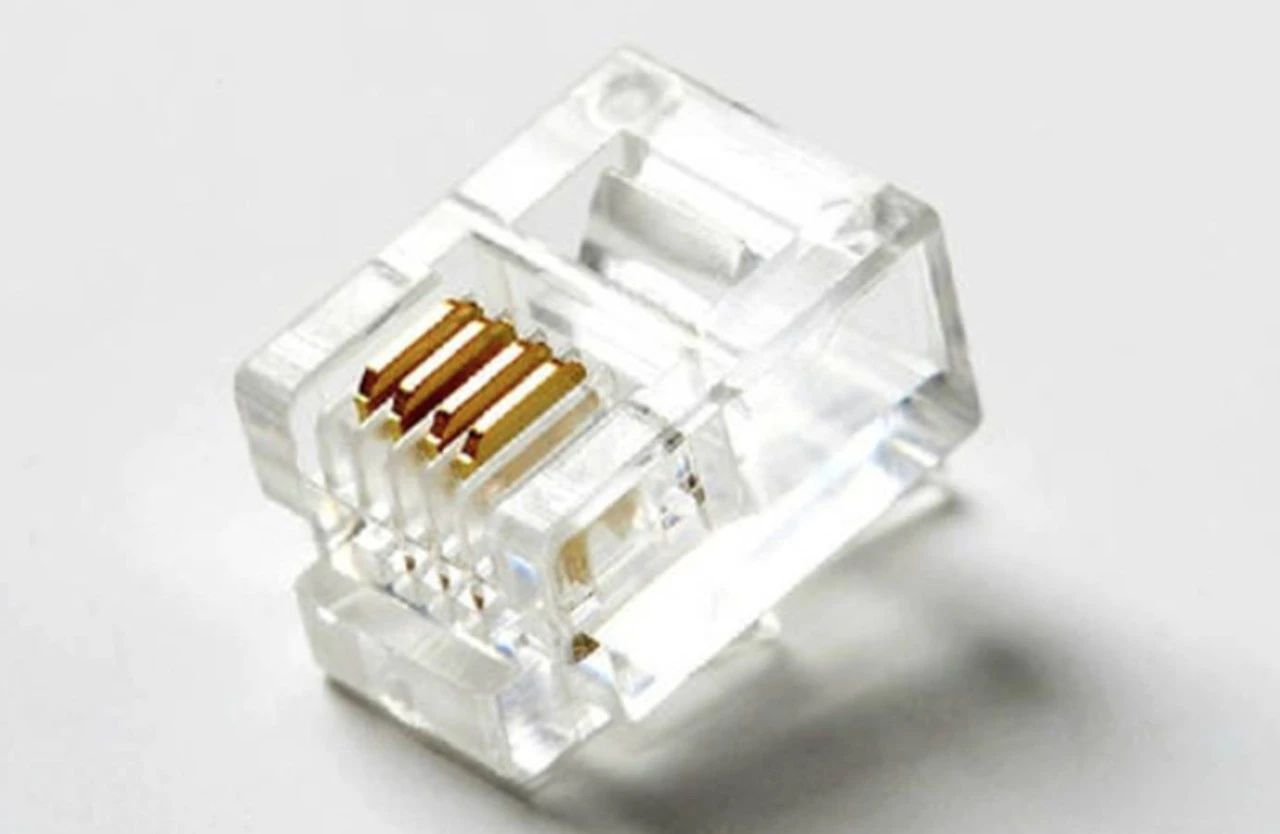
According to the ISO specification (IEC60603-7-7), GG45 or TERA connectors are required for network cables of higher than seven types. Therefore, they are not common to devices with older connectors, but can be reversely compatible. There are 12 contacts in this joint, that is, 4 contacts are added on the other side of the RJ45.
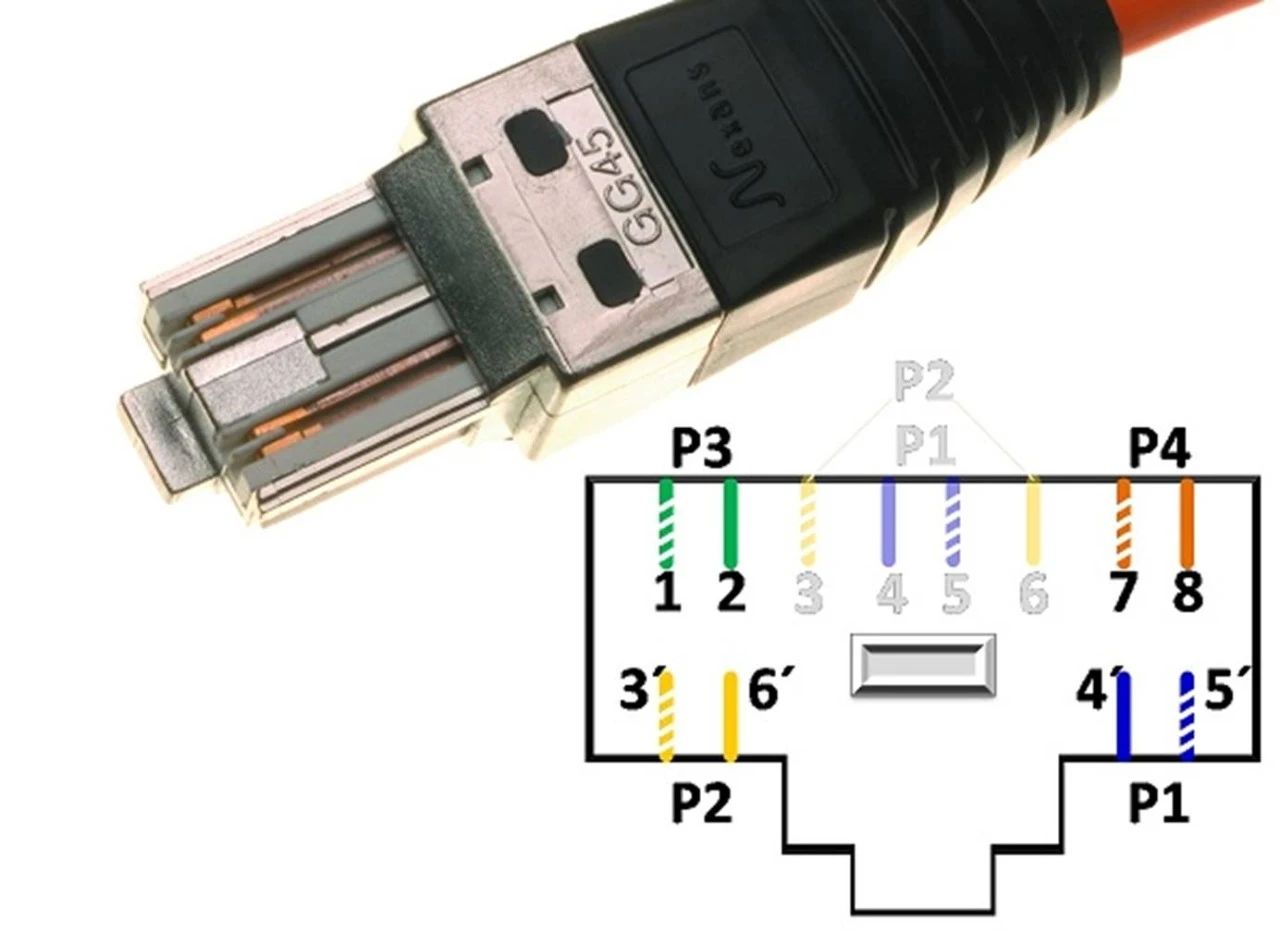
Up to 600MHz. However, it is not popular at present. The RJ45 with large front page is widely used on the market, so we don't have to worry about the compatibility problem when we buy it.
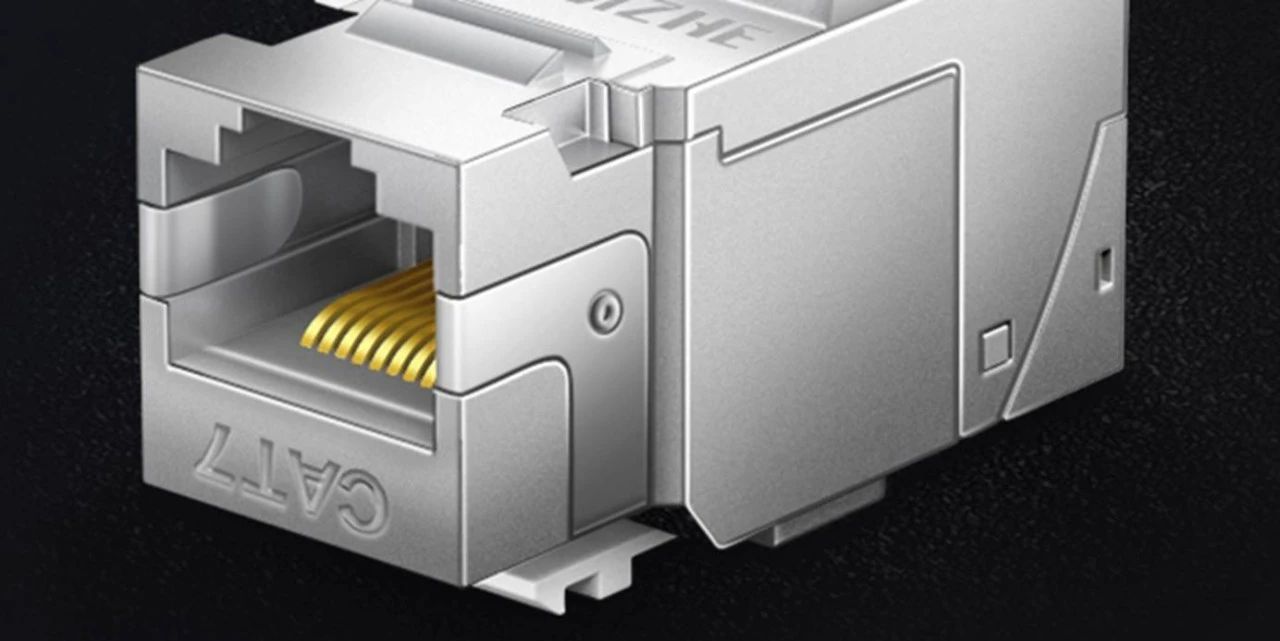
Maybe a lot of people have a question in their mind, why the interface is now using this big network port, instead of USB or even USB-C port?
In fact, it is very easy to understand, there are some historical reasons, in 1995 when USB just came out, the bandwidth was only one megabit, this time the network cable out of the 100 megabit standard, has long been the industry norm... Network cable is not only household, what switches, data centers and other industries are in accordance with the law.
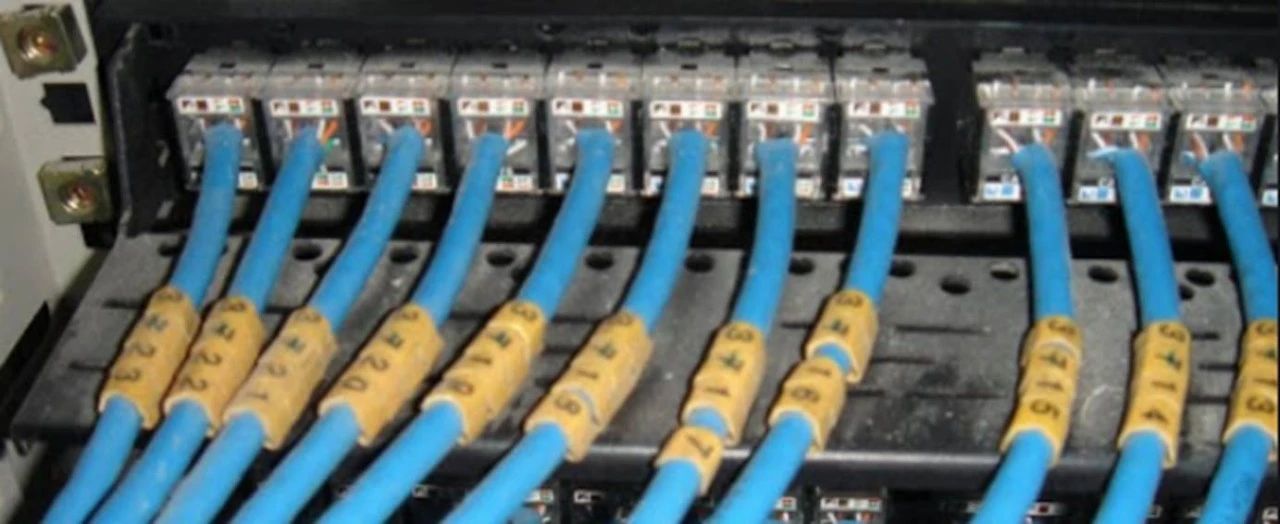
At the same time, the wire itself is copper wire, electrical performance indicators, USB transmission distance is too short, the bandwidth is low, seven types of wire can reach 10Gbps, and USB3.0 only 5Gbps.
But with the technology update, USB3.2 gen2 bandwidth has reached 10Gbps, thunder 3 is 40G, so after the indoor short distance wiring, theoretically with other lines can also be, and many eGPU expansion dock has been attached to the network function.
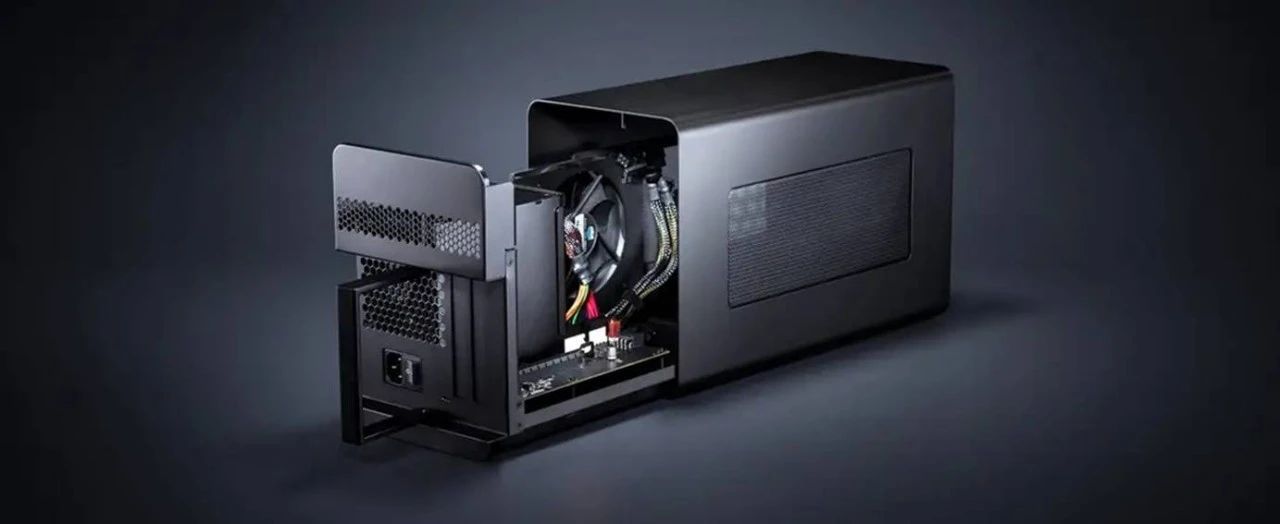
But USB function is more than specialized, even if the future network cable interface to do miniaturization, also may not use USB. Especially after WIFI6 came out, the great fanfare, the new technology features for the multi-device, low delay, high bandwidth, the experience is basically close to the wired, it can be seen that "wireless is the future trend". Don't have to drag a cable, go where is where, out of sight, out of mind, how nice.
▌ A Summary
Theoretically speaking, super five, six, super six types of gap mainly on the line core thickness, a few meters within the use of the difference is not too much.
To learn more about Ethernet cables, click the link below:https://www.jmtjm.com/contactus.html
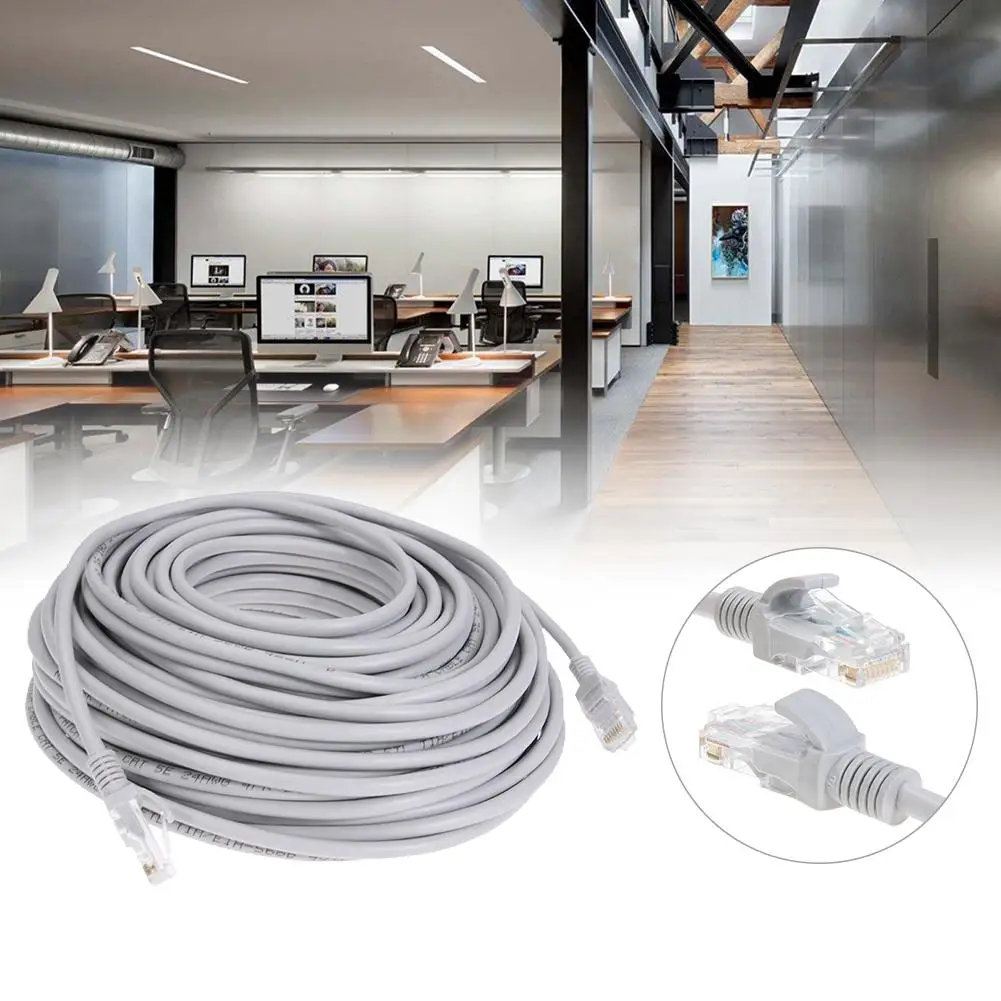
By continuing to use the site you agree to our privacy policy Terms and Conditions.